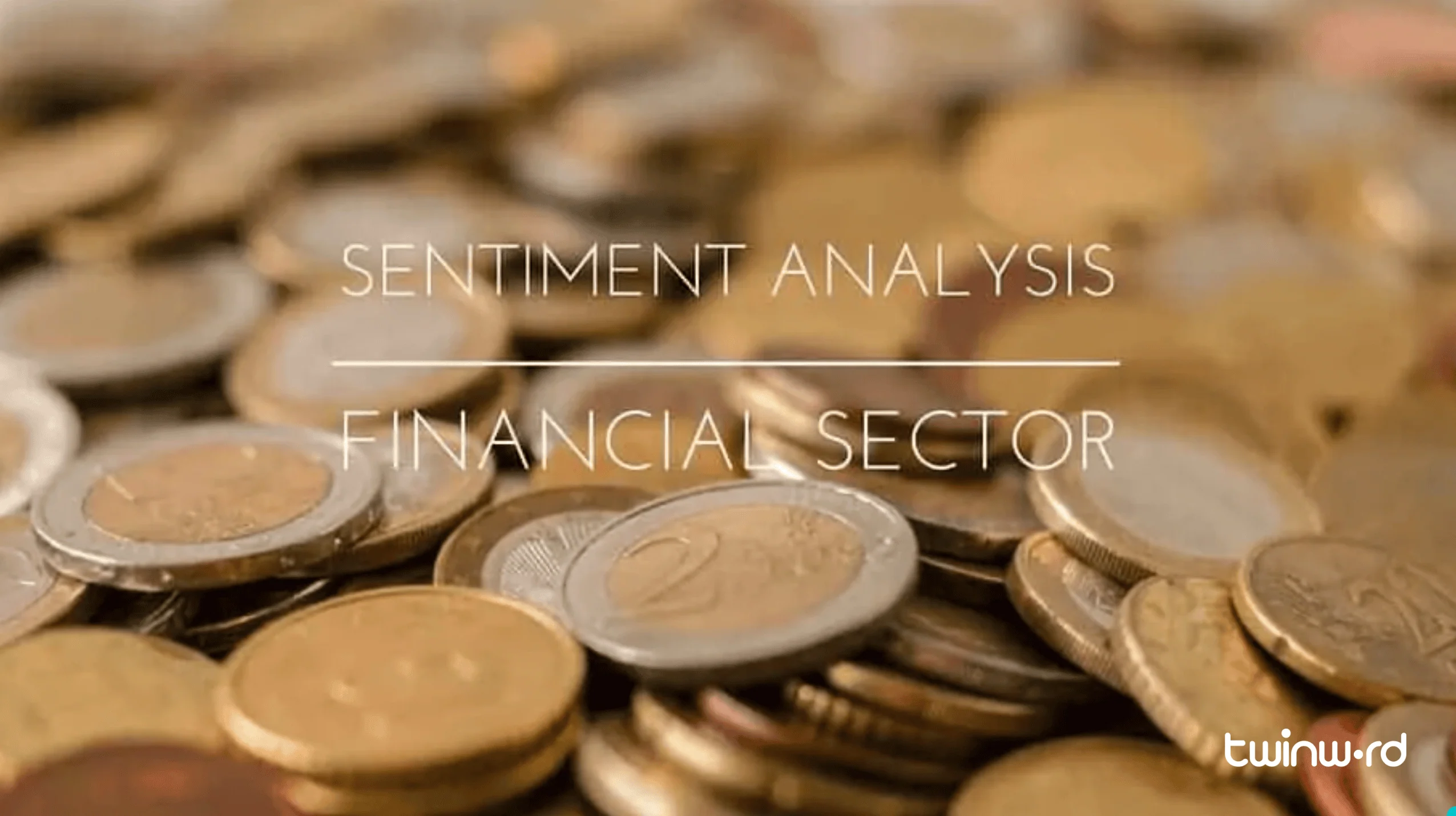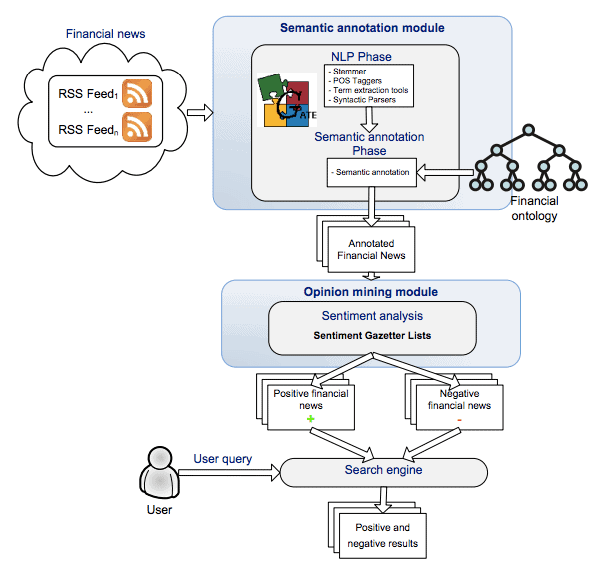Understanding Sentiment Analysis
Sentiment analysis, also known as opinion mining, refers to the use of natural language processing, text analysis and computational linguistics to identify and extract subjective information in source materials. (Wikipedia) Going deeper into the technical aspect, you may be wondering how does Sentiment Analysis work? What exactly is the technical tool that powers such a technology? The answer is the Sentiment Analysis API.
How Sentiment Analysis Works
In layman terms, every word is given a score based on its extent of positiveness or negativeness. The Sentiment Analysis API works by calculating the algorithmic score of each word, and returning with the combined score for the given set of text.

How Sentiment Analysis Be Used?
The most common use of The Sentiment Analysis API in the financial sector will be the analysis of financial news, in particular to predicting the behaviour and possible trend of stock markets.
Traditional Technical Analysis of the Financial Market with the use of tools the like of Stockastics and Bollinger bands aside, sentiment analytics has been receiving a lot of attention as it allows the integration of both Fundamental Analysis (FA) and Technical Analysis (TA).
In real life, Financial Market Analysts make predictions on the stock market based on opinions and happenings in the news. Similarly, Sentiment Analysis API is making it possible for computers to do the same job now. Further more, with advance computational linguistic and machine learning techniques, the task of opinion mining proves to be more efficient than human analysts, having the capability to scan through huge chunk of text across various news channels within seconds.
A simple example of the real application of Sentiment Analysis API for the financial sector can be explained by the task of assigning positive, negative or neutral sentiment values to the words. For instance, words such as “good“, “benefit“, “positive“, and “growth” are all tagged with positive scores while words such as “risk“, “fall“, “bankruptcy“, and “loss” are tagged with negative scores. Try out The Sentiment Analysis API Demo Page to get what I mean.
Check out this post to learn how to build your own sentiment analysis app.
Flow Chart
The following diagram illustrates the flow of Sentiment Analysis application in the financial world.
Diagram credits of Juana, Rafael, Francisco, Semantic-Based Sentiment analysis in financial news, Vol-862
Other Alternatives
Other alternatives to Sentiment Analysis includes “Semantic Analysis” and “Text Analysis”. Seemingly similar, but distinguishably different, Text Analysis deals with understanding of the overall meaning of the words that appeared in a structured document based on grammatical usage, while Semantic Analysis deals with the meaning of the text, looking deeper into contextual relationships between the words.
It is not uncommon for businesses to utilize these APIs concurrently to gain a deeper insight of the texts.
Trend Of Sentiment Analysis
The possibilities are endless. First off, you can use our API to build your own sentiment analysis app by learning how to build your own sentiment analysis app. Also, you might want to check out this tutorial on how to analyze twitter feeds for analyzing your social media comments.
If you are intersted in example of OpenAI GPT, this company, named RAW Labs, created an OpenAI GPT that measures the impact of news sentiment on stock prices. It responds to queries about stock price and news sentiment correlation such as:
1. What’s the sentiment correlation for Tesla’s stock?
2. Analyze Apple’s stock with recent news sentiment.
3. Is there a link between Amazon’s stock price and news sentiment?
4. How does Microsoft’s news sentiment affect its stock?
This is accomplished by utilizing multiple APIs including a GPT in OpenAI to consume them, IEX Cloud for stock ticker prices, Twinword API for sentiment analysis and newsdata.io for news information.
Sentiment Analysis has been heavily used by businesses for social media opinion mining, especially in the service industry, where customers feedback are critical. In the recently year, it has been gaining popularity in the finance sector, where it has been used to analyze tweets of influential financial analysts and decision makers.
It seems like there are so much potential to be unlocked for the usage of Sentiment Analysis. It is curious to what will be the next breakthrough!





3 Comments
What languages this API supports?
Currently, only English is supported.
Really nice and interesting post. I was looking for this kind of information and enjoyed reading this one. Keep posting. Thanks for sharing.